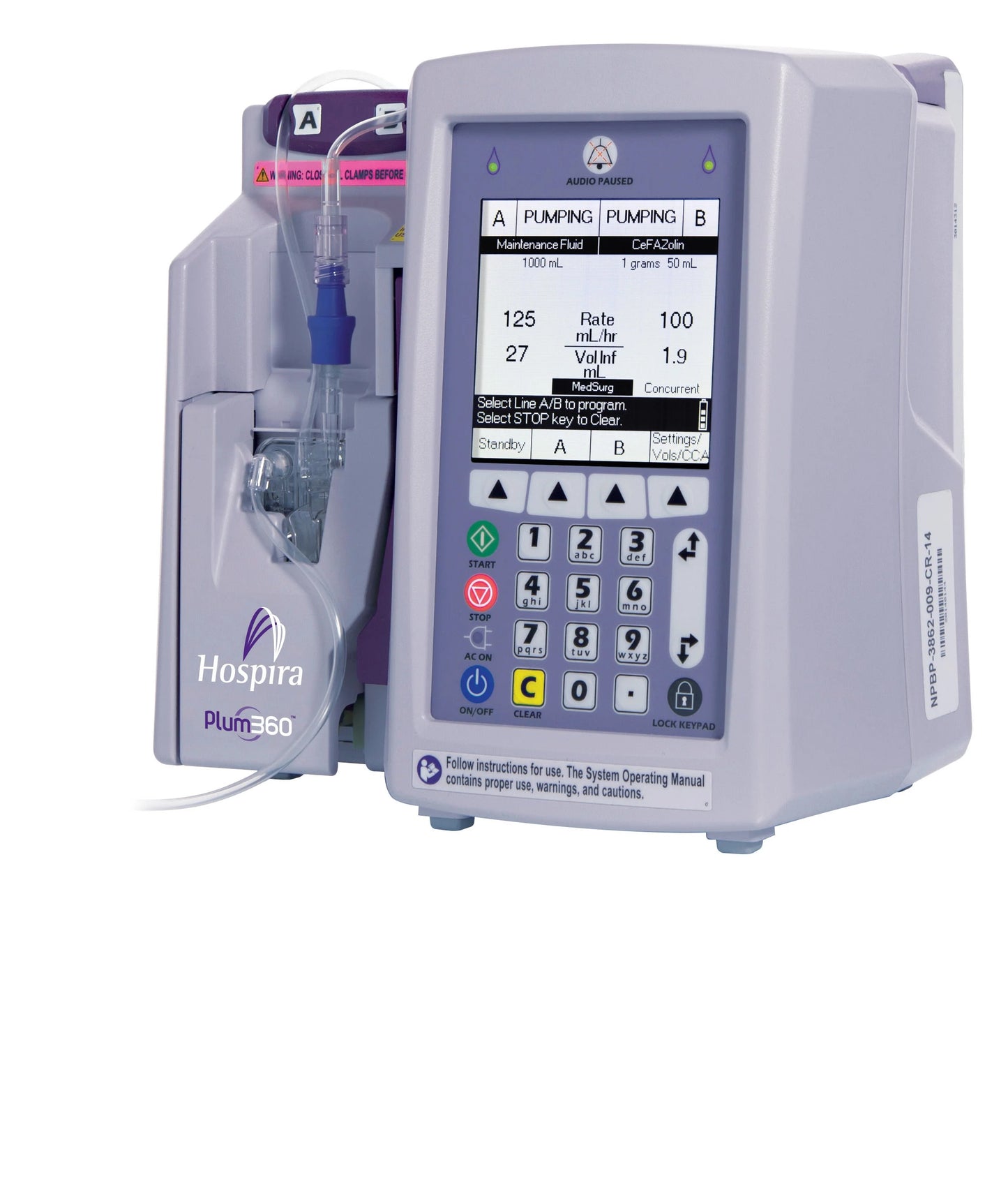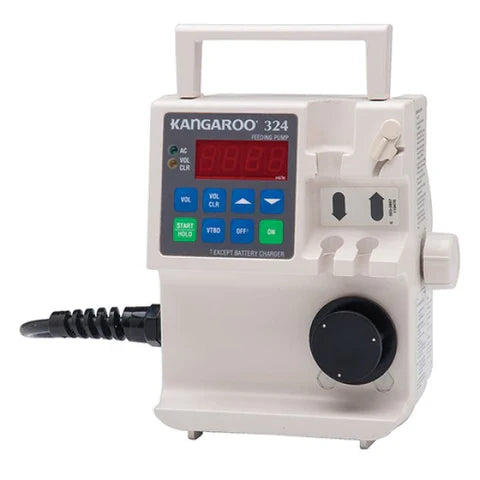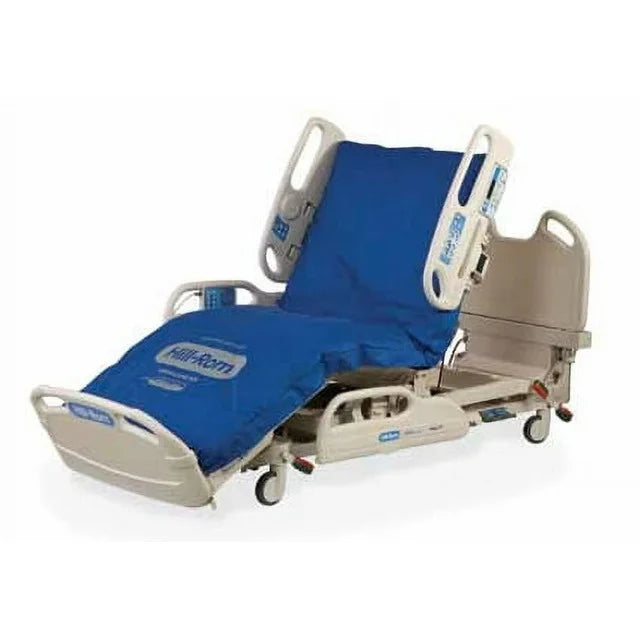
Syringe pumps and infusion pumps are both types of medical devices used to administer fluids and medications to patients, but they operate differently and are used for different purposes.
Here are some of the differences between syringe pumps and infusion pumps:
- Mechanism of operation: A syringe pump uses a motorized plunger to push medication or fluid from a syringe at a controlled rate, while an infusion pump uses pressure to deliver fluids or medication through tubing connected to a fluid reservoir.
- Dosing accuracy: Syringe pumps are typically used when small, precise doses of medication or fluids are required, while infusion pumps are used for larger volumes of fluids or medications that need to be administered over an extended period of time.
- Portability: Syringe pumps are typically smaller and more portable than infusion pumps, making them useful in a broader range of settings, including ambulances, clinics, and home care.
- Applications: Syringe pumps are commonly used in critical care settings, such as anesthesia, neonatal care, and pain management, while infusion pumps are used in a broader range of medical applications, including chemotherapy, hydration therapy, and nutrition support.
Overall, both syringe pumps and infusion pumps are essential tools in the delivery of medical treatment and care, but the choice of device will depend on the specific needs of the patient and the medical application.




